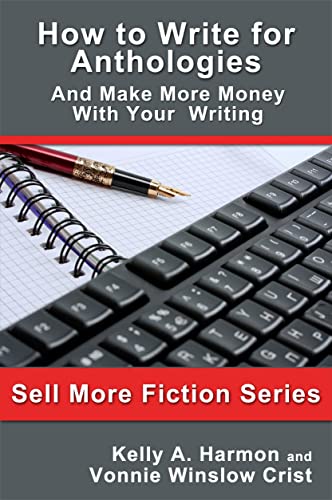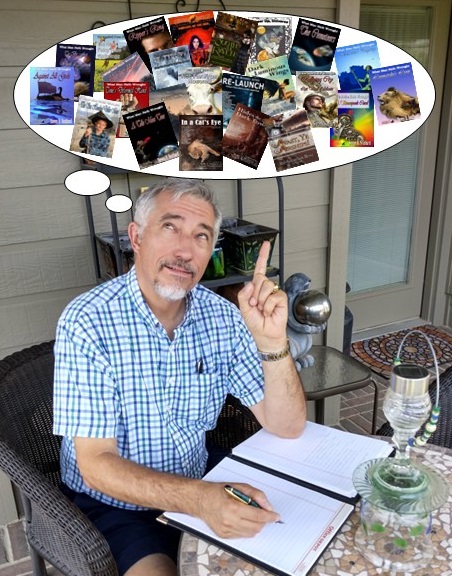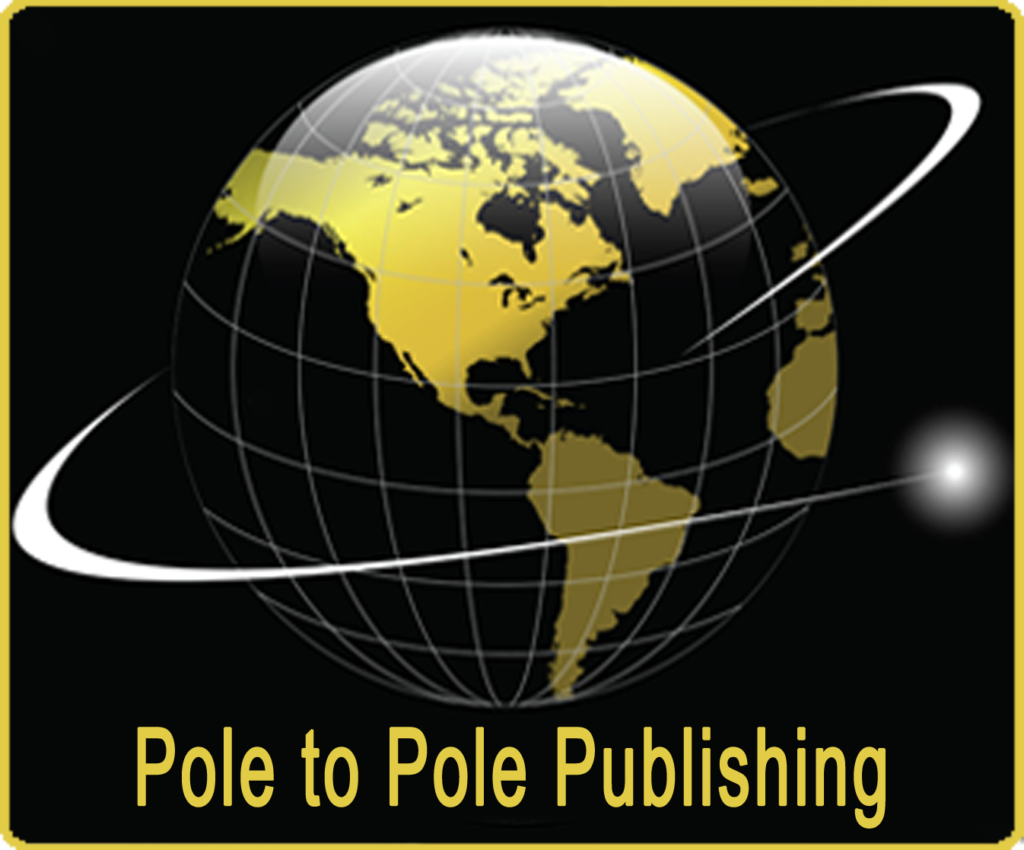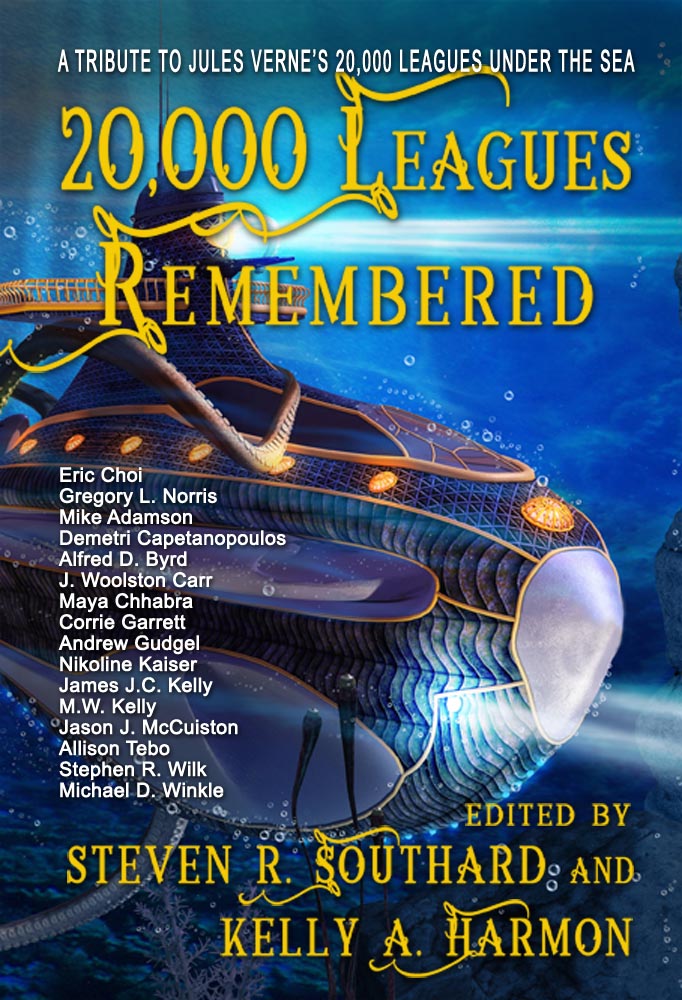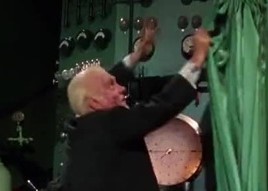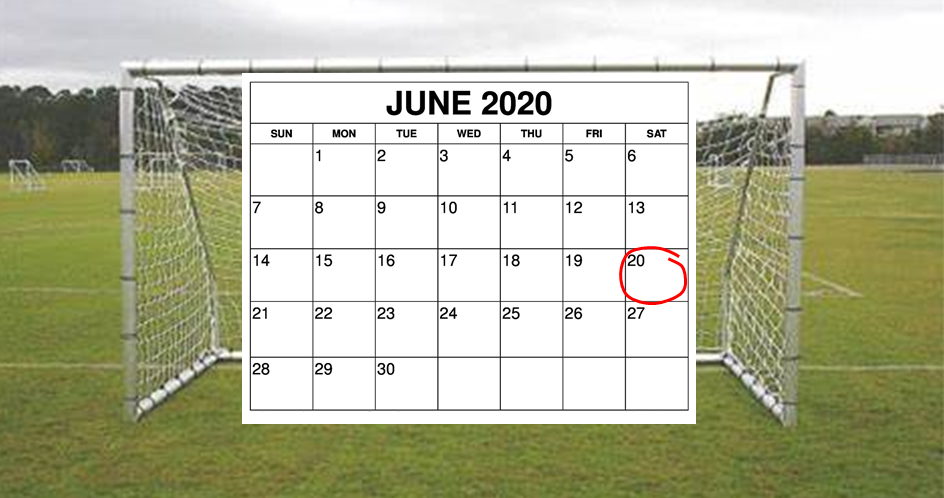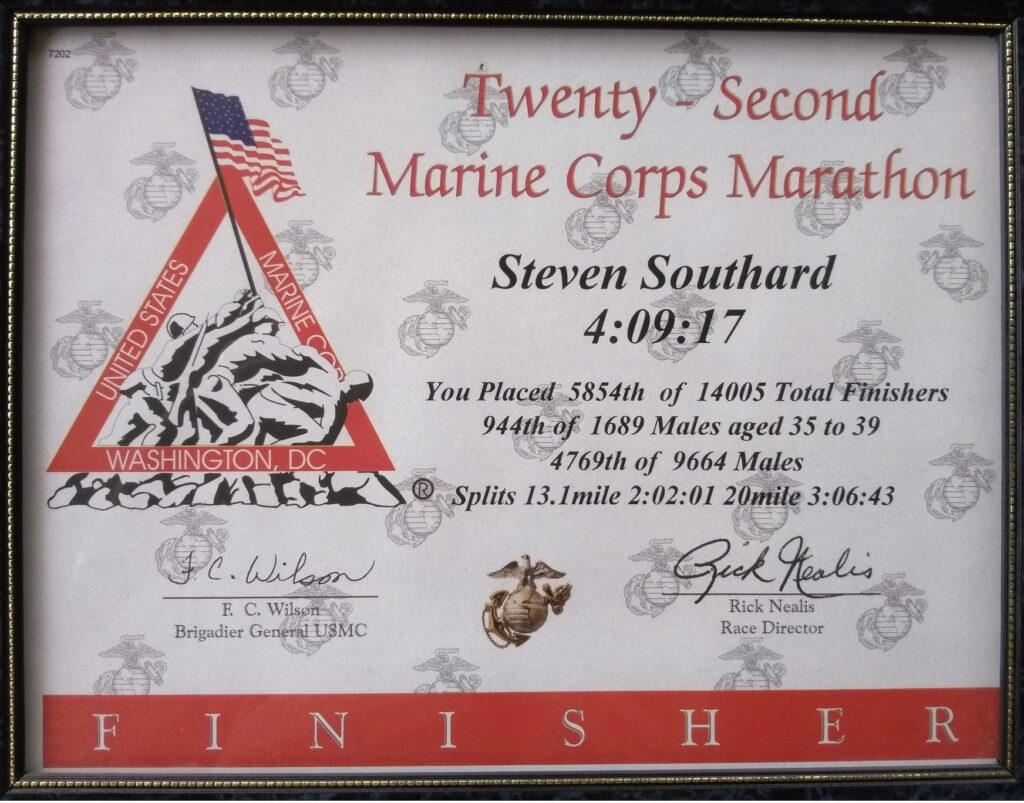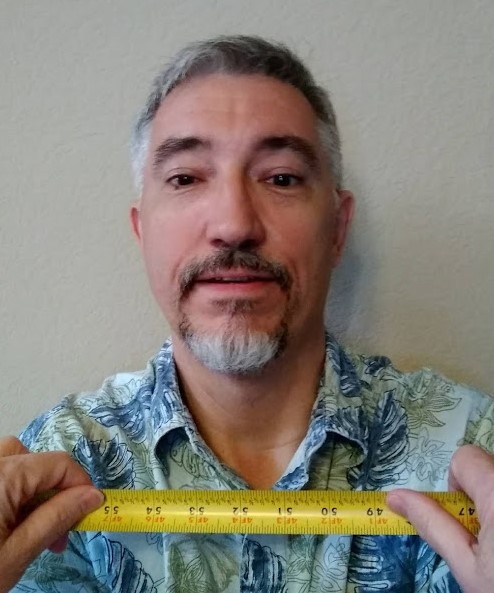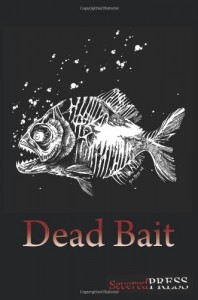If you write short stories, consider writing for anthologies. I know a great how-to book to get you started.
Perhaps you’d like to write fiction, but don’t know where to start or what to write about. Or maybe you’ve been writing what you want and can’t sell it, and now you’re wondering what you could write and sell.
Anthologies might be your answer. That market puts out numerous and constant calls for submissions. Anthology editors beg for your short stories and give you a prompt—a subject to write about. No wonder so many authors get their start writing for anthologies. It worked for me.
But the antho market offers no guarantees. After writing and getting rejected, you might become discouraged.
That’s where this book comes in. How to Write for Anthologies And Make More Money With Your Writing by Kelly A. Harmon and Vonnie Winslow Crist (of Pole to Pole Publishing) offers practical and actionable advice about this sort of writing.
Kelly and Vonnie take you through all the steps including finding anthology markets, coming up with story ideas, submitting your story, dealing with rejections, understanding contracts, dealing with editors, and more. They also include appendices with helpful sample query letters and cover letters.
You may undergo an interesting transformation as you read the book. Bit by bit, you’ll find yourself thinking less like a part-time scribbler or writing hobbyist, and more like a professional author. That attitude shift will serve you well.
Even if you’re more experienced, with several stories already published in anthologies, this book will help you, too. It provides guidance on how to gather all your stories and publish them as collections. In addition, you’ll learn about opportunities to move beyond writing into editing the works of others.
I’m honored to have contributed the foreword for this book. It’s a valuable resource written by experts in every facet of anthologies. As I mentioned in the foreword, ‘This book does about everything except write and submit your story for you.’ But you’ll find those two tasks much easier after you’ve read How to Write for Anthologies.
If only the book had existed early in the story-writing career of—
Poseidon’s Scribe

